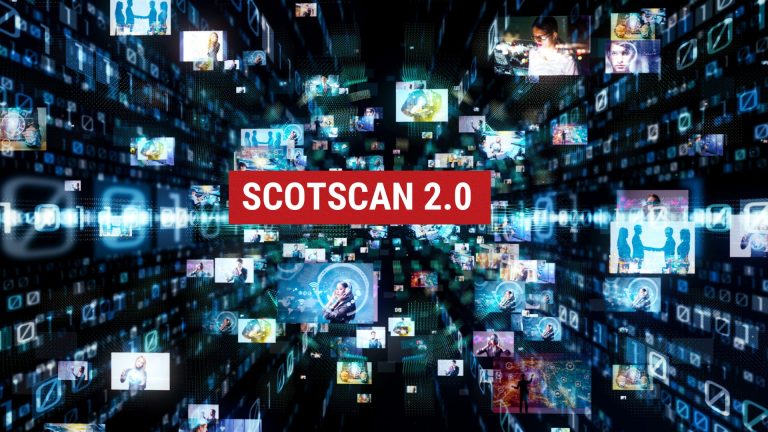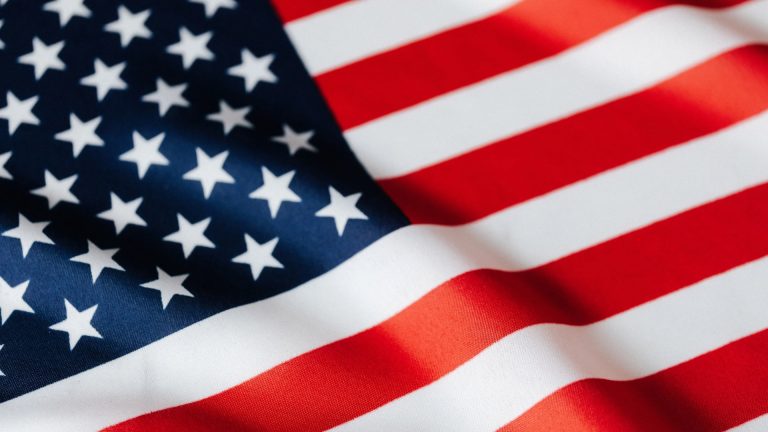ALL that glisters is not gold – while that may be true in general terms, the gold market is currently suggesting otherwise. Gold has reached an inflation-adjusted high, with an extraordinary run since the beginning of the year.
According to gold market participants, it’s not state-inspired purchases – which remain at expected levels – but there is at least one very large buyer who doesn’t seem to care about the price they have to pay. Gold, traditionally, is the ultimate hedge in troubled times and appears to be reaffirming its credentials. The perceived wisdom is that whoever is buying is preparing for a Third World War.
The triumvirate of Russia, China, and Iran is clearly working in conjunction – not in the gold market, however. Each uses hyper-nationalism as regime affirmation and control, and as long as western democracies refuse to go on a war footing whilst they can, the eventual outcome is potentially catastrophic.
Stopping Ukraine from attacking Russian refineries is simply handing Russia the wherewithal to overwhelm Zelensky et al later this year. US President Joe Biden is allowing Iran to sell as much oil as it likes as he remains focussed on not letting the petrol price in the US get out of hand before the November elections. This, of course, means Iran’s attack against Israel is a mere fleabite financially for its national coffers.
There is what used to be called a ‘paradigm shift’ going on in the global order, and it seems we are all walking into it blindfolded. Public debt is beyond 100% of GDP in almost all democracies, and in Japan it is 260% – little wonder the Bank of Japan cannot afford to raise rates from zero.

As a result, budgets no longer have a connection to reality or even normalcy. Every government will allow inflation to run for the simple reason that it means their total debt is effectively falling.
If the Federal Reserve stays the course against inflation – and we just saw an uptick again – it risks a very serious downside, including mass bankruptcies across the country. I’ve mentioned before the unsustainable situation in the US commercial property market. On the other hand, the Fed can cut rates hard and fast which will let the genie out of the bottle again in no uncertain terms.
When former chair of the Fed Paul Volker refused to cut rates from 18% and said they had to kill inflation, he was absolutely right. Inflation is a tax and a loan shark that kills economies.
Volker’s actions during the 1980s gave us nearly 30 years of benign markets. The financial crisis of 2008 and Covid pandemic have put a very definite end to that scenario. There’s only about 140,000 tonnes of gold in the world with a value of around $12 trillion. Somebody out there is determined to get a goodly chunk of it, and it would seem gold markets are sensing the changes being forced on governments.
So, what does all this mean for crypto? When we had the 2008 crisis there was no such thing. The perceived wisdom has been that crypto would be a good hedge against inflation, and in one sense this has been true.
But we’ve only had skirmishes so far. Are we approaching a Minsky moment, when exuberant speculation is no longer sustainable and it all comes crashing down? The events of 2008 were one, as was the Wall Street crash of 1929.
It is difficult to say – but it feels like things will come to a natural conclusion on a number of fronts in the near future. As for crypto, to a certain extent, it relies on there being buyers. We have seen in the last week that sometimes in these markets they just disappear. That hasn’t tended to happen in gold.
Temple Melville, CEO of The Scotcoin Project Community Interest Company (CIC)




